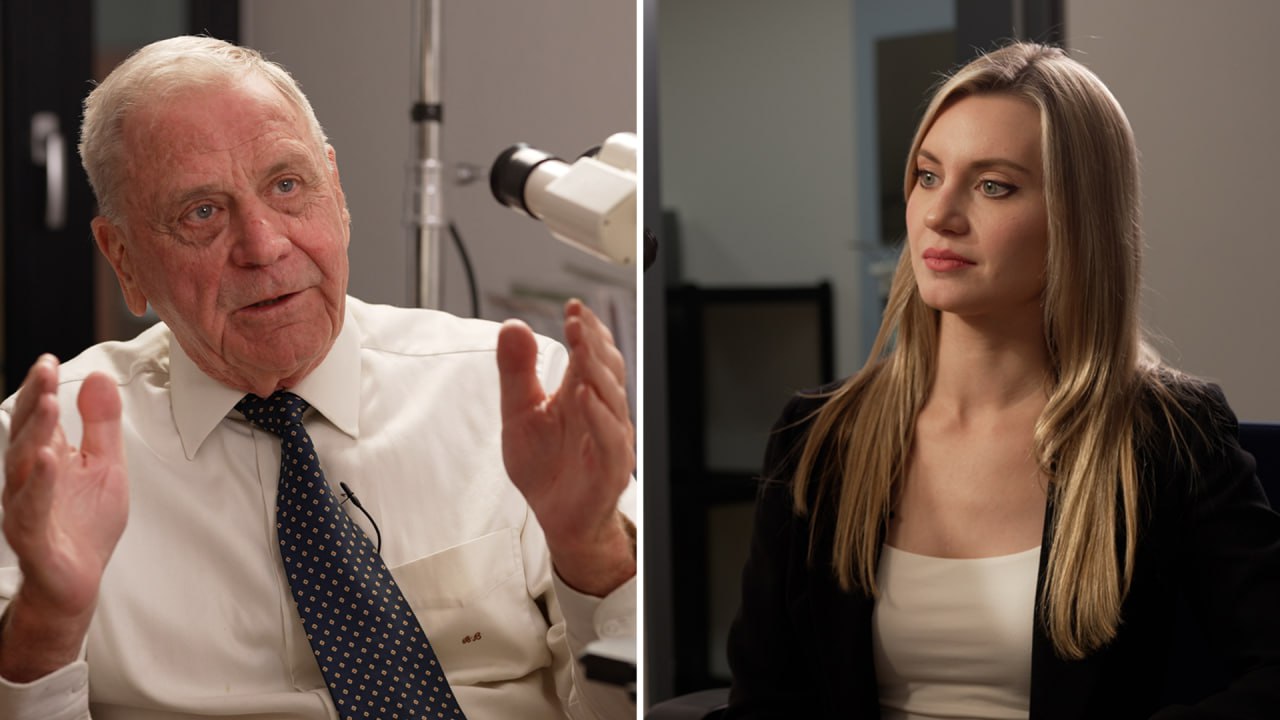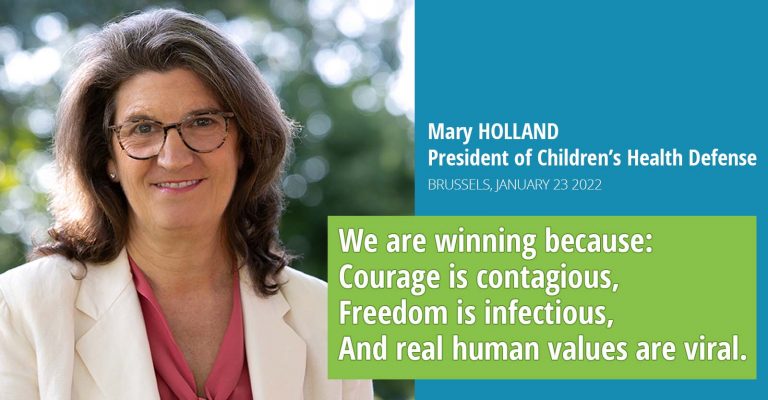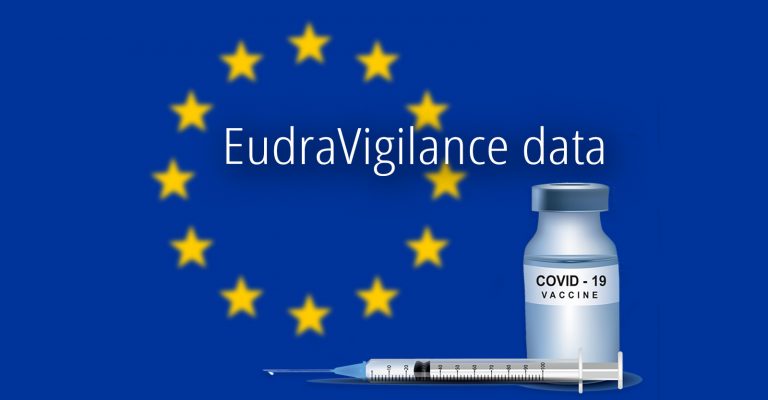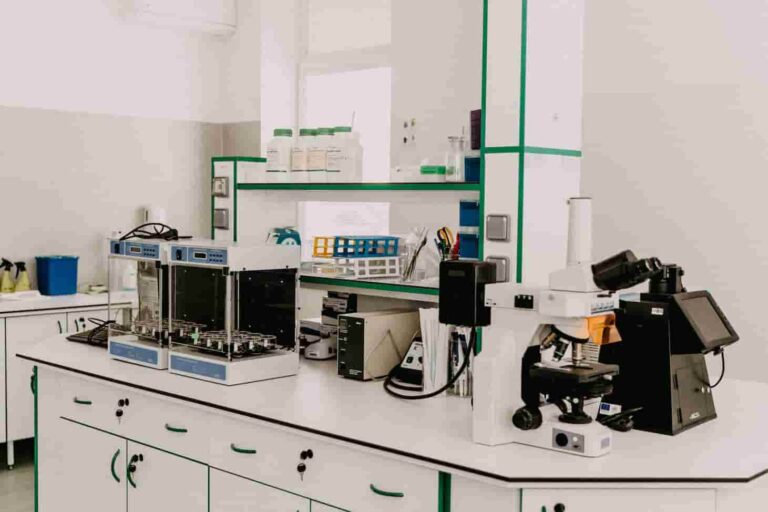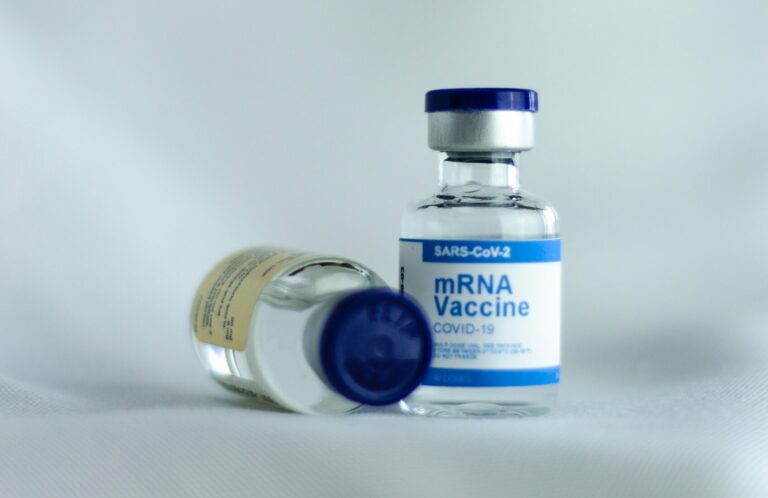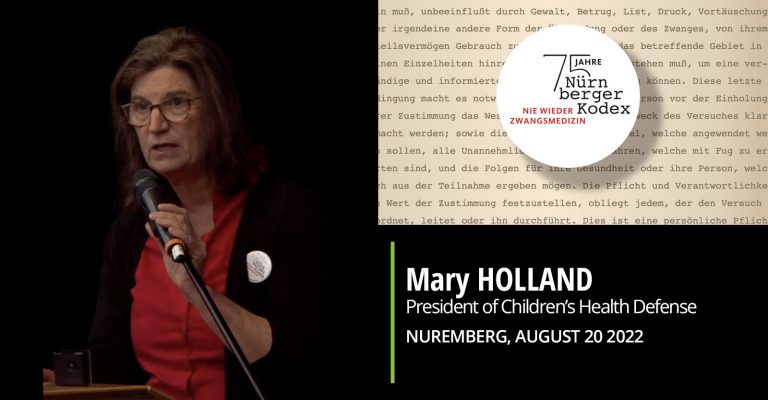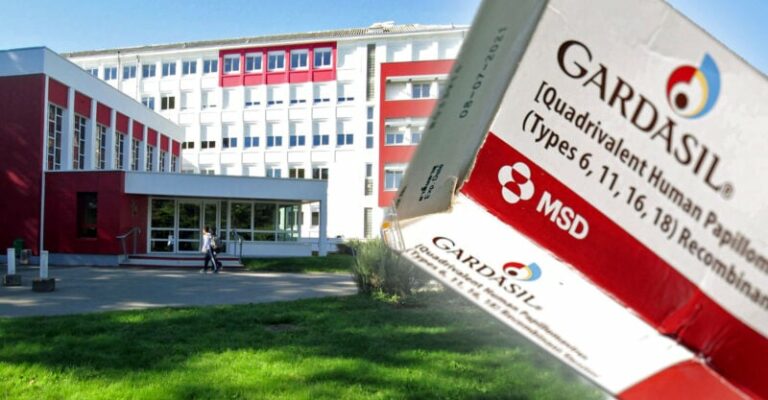Pathologist Arne Burkhardt Final Interview: Revealing the Grave Dangers of mRNA vaccines
“Autopsy is not only a service to the doctors who were responsible for the patient, but it is a public service for our health system.”
Prof. Dr. Arne Burkhardt
Originally published in English at The Last American Vagabond by Taylor Hudak and Ryan Cristián.
German translation and subtitling completed by Jutta Degner, head of CHD Europe’s translation team.
Many cases of sudden death and severe disease are being reported since the rollout of the COVID-19 gene-based vaccines. In late 2020 and early 2021, several doctors and scientists warned that the COVID vaccines would lead to several complications including autoimmune disease, blood clots, strokes and more. Additionally, The Vaccine Adverse Event Reporting System, or VAERS, data showed a strong correlation between the vaccines and adverse events. But how does one determine in an individual case that the vaccine was the cause of death or the adverse event? It is through pathology.
An early pioneer of pathological investigations into vaccine adverse events was Prof. Arne Burkhardt — a senior, highly accomplished pathologist from Germany. Prof. Burkhardt came out of retirement in 2021 to examine the autopsy and biopsy materials of vaccinated patients. The work of Prof. Burkhardt not only provided strong evidence of vaccine causation, it substantiated the professional medical hypotheses of doctors and scientists worldwide.
Journalist Taylor Hudak interviewed Prof. Burkhardt in his laboratory in Reutlingen, Germany, shortly before his death in May 2023. Prof. Burkhardt and Taylor discuss a series of approximately 20 findings from his study. Concepts such as histopathology, immunohistochemistry (IHC) and the mechanism in which mRNA vaccines can cause lymphocytes to attack healthy cells are explained in detail. (Read more here.)
The video concludes with a general discussion on COVID, the public health industry and medical and academic science. Prof. Burkhardt reflects back on his career, shares what motivates him to do this work and addresses his colleagues and society with his hopes for the future.
Suggest a correction

